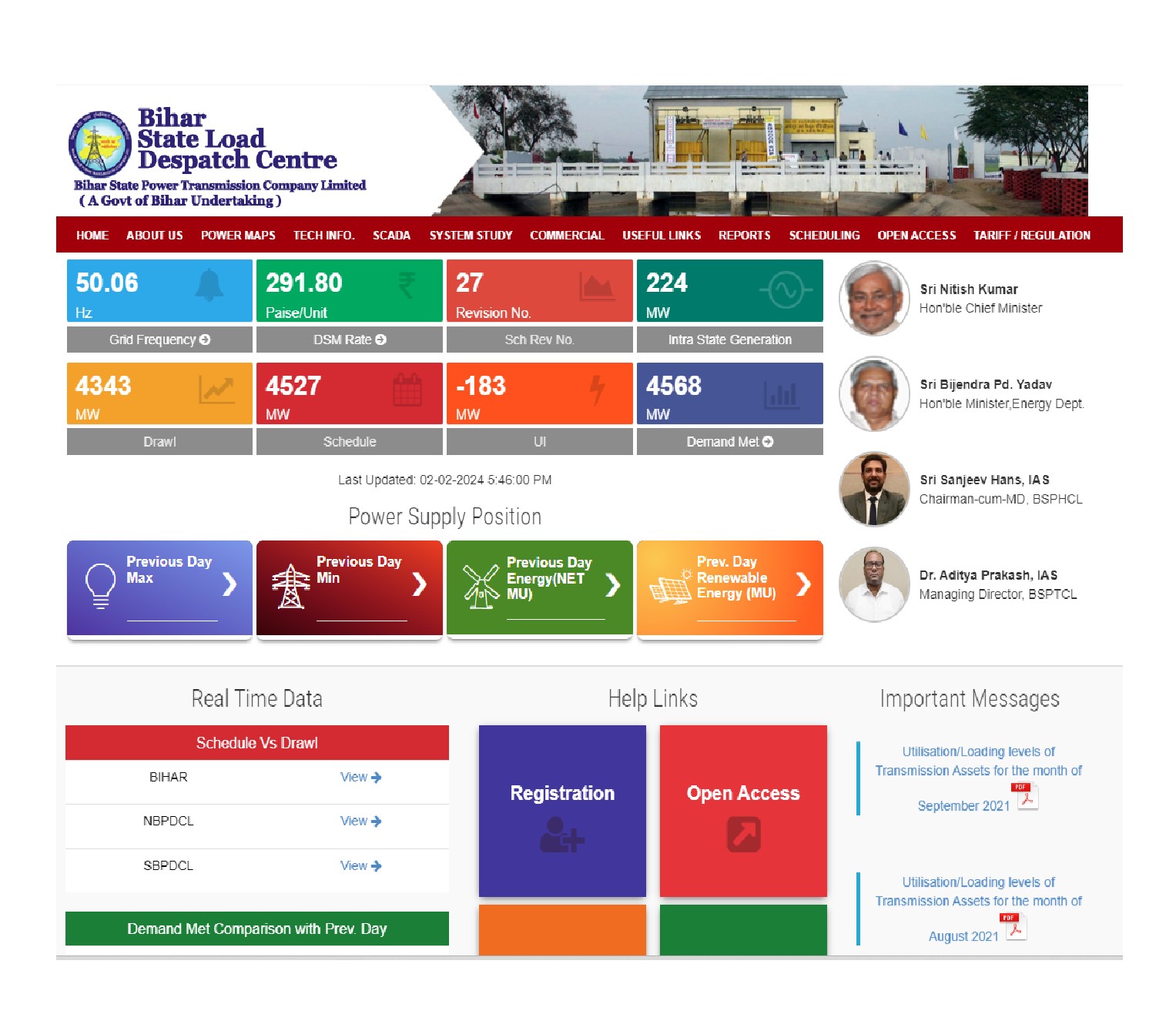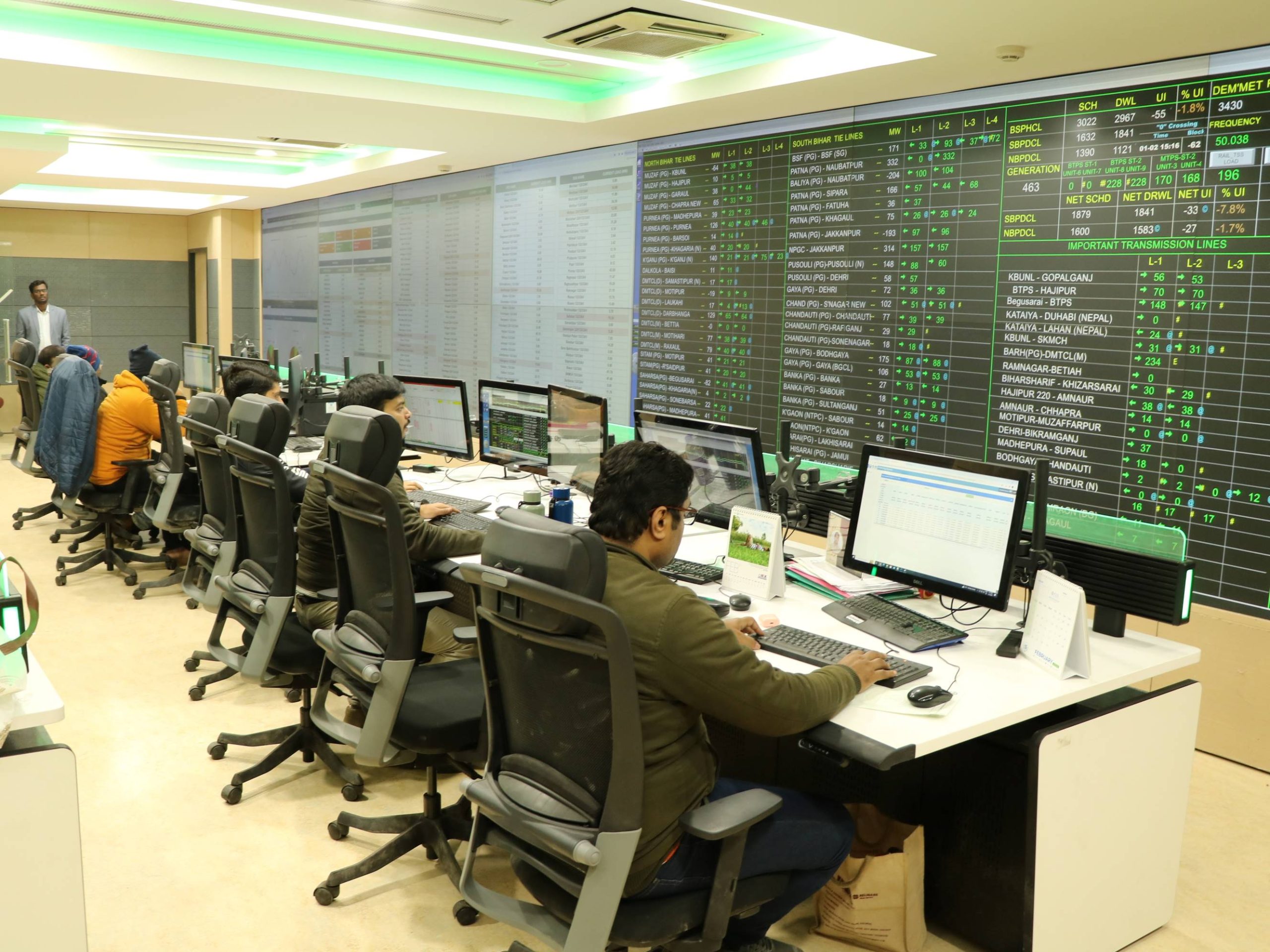SAMAST – Bihar State Power Transmission Company Limited
The best way to show your appreciation for this project is to click some advertisements and keep a count of how many you clicked. You will be asked for the number of advertisements that you clicked before you can vote. The money generated through this supports our social action.

SAMAST
Problem
- The Electricity Act mandates a detailed energy accounting process, including scheduling, metering, and settlement.
- The existing system likely involves manual processes.
- The need for a web-based interface is emphasized to facilitate seamless coordination.
- The Forum of Regulators’ recommendation underscores the necessity for compliance with regulatory provisions.
- Developing a system to account for the interchange of entities and transmission losses
Solution
- Conducting a comprehensive needs assessment to understand the specific requirements.
- Designing a robust system architecture to accommodate the complexities of energy transactions.
- Establishing the necessary infrastructure to support the SAMAST project.
- Implementing automation for scheduling, accounting, metering, and settlement processes.
- Creating user-friendly web-based interfaces for various activities.
Outcomes
- Implementation of automated processes, such as scheduling, accounting, metering, and settlement.
- The project enhanced transparency in energy transactions by maintaining a detailed ledger.
- The introduction of web-based interfaces and automated systems improved coordination.
- The project aimed to comply with the mandates of the Electricity Act 2003, aligning its
- The project resulted in improved power supply to rural domestic, commercial, and agricultural consumers.
Video
See Presentation
Gallery
Case Study
SAMAST
Introduction:
In the dynamic landscape of Bihar’s power sector, the imperative for an integrated IT solution, SAMAST, cannot be overstated. The Electricity Act mandates meticulous energy accounting at the transmission level, necessitating a comprehensive system, and as Bihar prioritizes rural electrification and rural development, the State Load Dispatch Centre (SLDC) becomes the anchor for its implementation.
Problems:
The Electricity Act mandates a detailed energy accounting process, including scheduling, metering, and settlement. The existing system likely involves manual processes. The need for a web-based interface is emphasized to facilitate seamless coordination and the Forum of Regulators’ recommendation underscores the necessity for compliance with regulatory provisions. Developing a system to account for the interchange of entities and transmission losses
Solution:
Conducting a comprehensive needs assessment to understand the specific requirements. Designing a robust system architecture to accommodate the complexities of energy transactions. Establishing the necessary infrastructure to support the SAMAST project and implementing automation for scheduling, accounting, metering, and settlement processes. Creating user-friendly web-based interfaces for various activities.
Challenges:
Developing a system to account for the interchange of entities and transmission losses required intricate processes and protocols. Automating processes such as scheduling, accounting, metering, and settlement, while ensuring standardization, scalability, and flexibility, is a complex task. Implementing user-friendly web-based interfaces for activities like scheduling and open access processing, which required simultaneous coordination with multiple users and stakeholders, presented challenges.
Outcomes:
Implementation of automated processes, such as scheduling, accounting, metering, and settlement. The project enhanced transparency in energy transactions by maintaining a detailed ledger. The introduction of web-based interfaces and automated systems improved coordination and the project aimed to comply with the mandates of the Electricity Act 2003. The project resulted in improved power supply to rural domestic, commercial, and agricultural consumers.
Innovation:
Post-restructuring, Bihar’s power distribution utilities focused on developing robust infrastructure to provide reliable and quality power supply, particularly to rural and agricultural consumers. Recognizing the need for modernization and automation, the Forum of Regulators recommended the deployment of IT applications, emphasizing the implementation of web-based interfaces.
Opportunities:
The project shall contribute to capacity building within the electricity sector through training programs and workshops. Collaboration with academic institutions for research initiatives and exploring public-private partnerships may be part of future strategies, bringing innovation, resources, and efficiency to the project aligning with national energy policies and monitoring the project’s impact.
Summary:
The deployment of an integrated IT solution, Scheduling, Accounting, Metering, and Settlement of Transactions in Electricity (SAMAST), is crucial for Bihar’s power sector. Recognizing the complexities, the Forum of Regulators recommends IT automation for seamless operations, emphasizing web-based interfaces. This initiative aligns with regulatory recommendations, ensuring a robust energy metering and settlement system.
For more information, please contact:
Aditya Prakash at md.bsptcl@gmail.com
(The content on the page is provided by the Exhibitor)
The best way to show your appreciation for this project is to click some advertisements and keep a count of how many you clicked. You will be asked for the number of advertisements that you clicked before you can vote. The money generated through this supports our social action.


